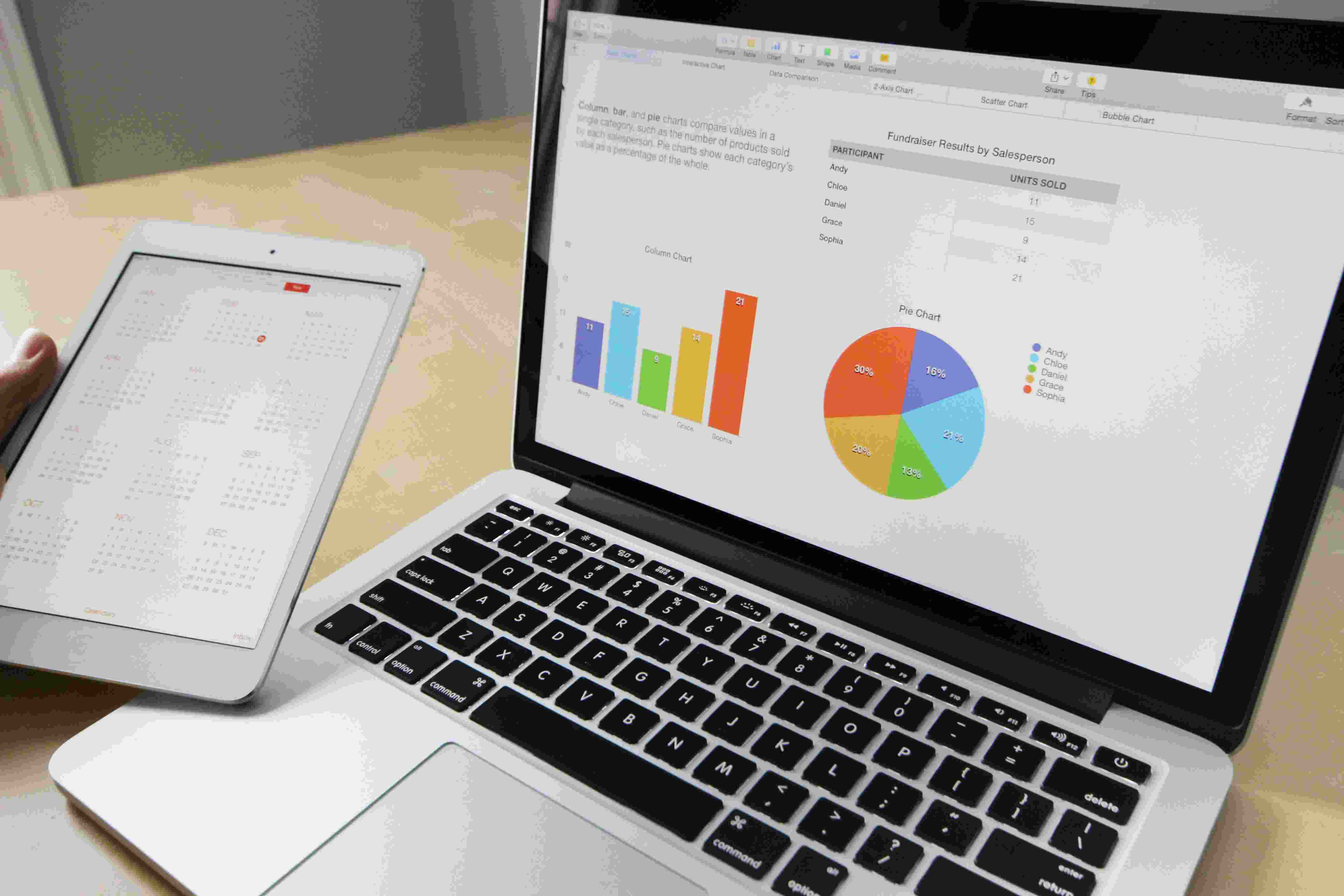In our Bachelor of Commerce (B.Com) Degree Program, you will embark on a comprehensive educational journey that delves into the fundamental principles and practices of commerce. This degree is meticulously designed to equip you with a broad understanding of various aspects of business, finance, and economics, preparing you for a successful career in the dynamic world of commerce.
What You'll Acquire:
- Core Commerce Knowledge: Develop a profound understanding of essential commerce concepts, business regulations, and industry standards.
- Financial Expertise: Master foundational and advanced principles of finance, including risk management, investment strategies, and financial analysis.
- Operational Proficiency: Learn the intricacies of business operations, including customer service, inventory management, and electronic commerce.
- Strategic Thinking: Develop strategic thinking and decision-making skills to navigate the complex and evolving business landscape.
- Comprehensive Curriculum: Access a well-structured curriculum and study materials that thoroughly prepare you for a successful career in commerce.
- Degree Certification: Upon successful completion of the program, you will receive a recognized Bachelor of Commerce degree, validating your expertise in the field.
Who Can Learn
This degree program is ideal for individuals who aspire to excel in the field of commerce, whether you're a recent graduate looking to kick-start your career or a seasoned professional seeking to enhance your knowledge and skills. Our curriculum covers essential aspects of commerce, ensuring you gain a holistic perspective and a competitive edge in the job market.
Comprehensive Curriculum Featuring:
- Statistics: This unit covers the fundamental concepts and techniques used in statistical analysis, including data classification, tabulation, presentation, collection, measures of central tendency and dispersion, correlation and regression analysis, probability and expected value, as well as various probability distributions such as binomial, Poisson, and normal distributions.
- Classification of Data: This unit focuses on the categorization of data into different groups or classes based on their characteristics or attributes. It involves understanding the types and structures of data to facilitate effective analysis and interpretation.
- Tabulation: In this unit, the emphasis is on organizing data systematically into tables, making it easier to understand and analyze. Tabulation helps in summarizing large datasets and presenting them in a concise and structured format.
- Presentation of Data: This unit deals with various methods of visually representing data, such as graphs, charts, and diagrams. Effective data presentation enhances understanding and facilitates communication of findings.
- Collection of Data: Here, the focus is on the methods and techniques used to gather data from various sources. It covers aspects such as survey design, sampling methods, and data collection instruments.
- Measures of Central Tendency: This unit explores statistical measures used to describe the central or typical value of a dataset, including mean, median, and mode. These measures provide insights into the central tendency of the data distribution.
- Measures of Dispersion: This unit examines statistical measures that quantify the spread or variability of data around the central tendency. Examples include range, variance, and standard deviation, which help in assessing the degree of dispersion within a dataset.
- Correlation Analysis: Here, the focus is on analyzing the relationship between two or more variables. Correlation coefficients such as Pearson's correlation coefficient are used to quantify the strength and direction of the relationship.
- Regression Analysis: This unit covers techniques for modeling the relationship between a dependent variable and one or more independent variables. Regression analysis helps in predicting the value of the dependent variable based on the values of the independent variables.
- Index Number: In this unit, the concept of index numbers is explored, which are used to measure changes in a variable over time or across different categories. Index numbers are widely used in economics, finance, and other fields to track changes in prices, quantities, or other variables.
- Analysis of Time Series: This unit focuses on analyzing data collected at successive points in time. Time series analysis techniques such as trend analysis, seasonal decomposition, and forecasting are used to extract patterns and make predictions.
- Probability and Expected Value: Here, the fundamentals of probability theory are covered, including the calculation of probabilities for different events and the concept of expected value, which represents the long-term average outcome of a random variable.
- Binomial Probability Distribution: This unit deals with the probability distribution of a discrete random variable that has two possible outcomes (success or failure) in each trial. It covers the probability mass function, mean, and variance of the binomial distribution.
- Poisson Probability Distribution: In this unit, the Poisson distribution is studied, which describes the probability of a given number of events occurring in a fixed interval of time or space. It is commonly used to model rare events such as accidents or arrivals.
- Normal Probability Distribution: This unit focuses on the normal distribution, also known as the Gaussian distribution, which is characterized by a bell-shaped curve. It covers properties of the distribution, such as mean, variance, and the empirical rule, and its applications in various fields.
Exclusive Resources and Materials:
- Interactive Lectures: Engage in dynamic video lectures that facilitate a deeper understanding of commerce.
- Subject-Specific Assignments: Hone your analytical and critical thinking skills with assignments tailored to the B.Com program.
- Multiple Choice Questions (MCQs): Test your knowledge through a series of MCQs designed to reinforce your understanding of commerce.
- Short Q&A Sessions: Participate in brief Q&A sessions to clarify doubts and foster learning.
- Comprehensive Study Material: Gain access to an extensive collection of study materials supporting your learning journey at every step.
Your Gateway to Commerce Excellence:
This degree program serves as your gateway to a successful career in commerce. Our goal is to empower you with the skills and knowledge necessary to thrive in this dynamic sector.
Join Us in This Commerce Journey:
Thank you for considering this degree program as a valuable step towards your career aspirations in commerce. We look forward to embarking on this educational journey with you and helping you become a commerce expert.
See you in the program!






